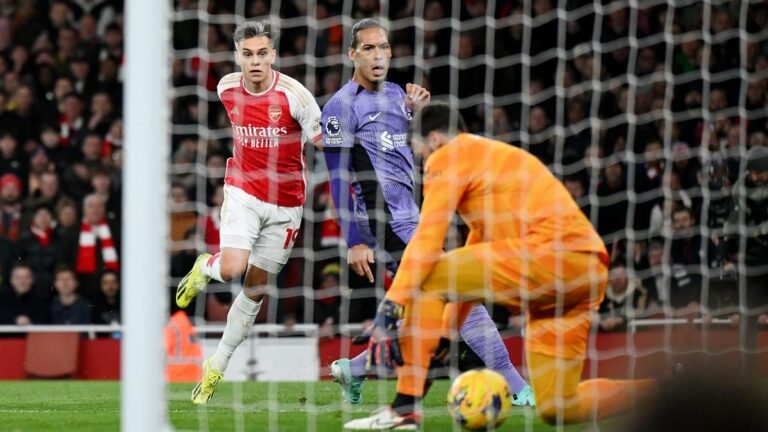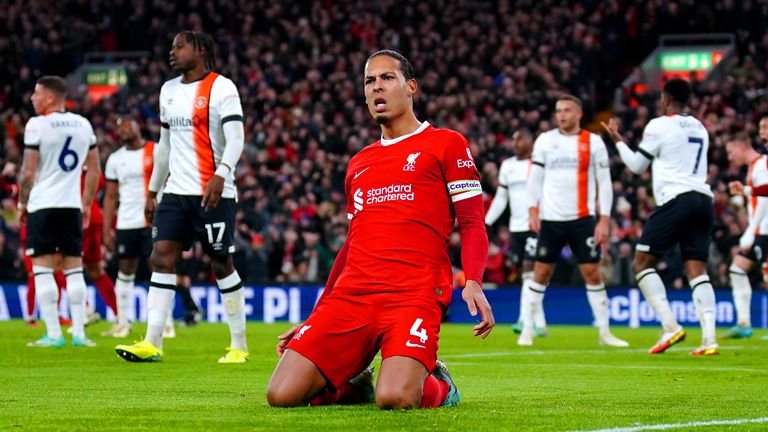Football Economics and Business- Unveiling the Financial Dynamics of the Beautiful Game: 2024 Updated
Football, often termed “the beautiful game,” is not just a sport but a global economic powerhouse.
The financial aspects of football encompass club finances, sponsorship deals, and the economics of major tournaments, each playing a crucial role in shaping the sport’s modern landscape. Understanding these elements provides a comprehensive insight into how football operates beyond the pitch.

Club Finances: The Backbone of Football’s Economic Structure
Football clubs, the fundamental units of the sport, operate as both sporting entities and business enterprises. Their financial health is determined by multiple revenue streams, including matchday income, broadcasting rights, commercial activities, and player transfers.
Matchday Income: This includes ticket sales, hospitality packages, and merchandise sold on matchdays. For clubs with large, iconic stadiums, such as Manchester United’s Old Trafford or FC Barcelona’s Camp Nou, matchday income can be substantial. However, the reliance on this revenue stream can vary, with some clubs heavily dependent on it, while others benefit more from broadcasting deals.
Broadcasting Rights: One of the most significant revenue sources for football clubs, broadcasting rights generate billions annually. Leagues like the English Premier League (EPL) and the UEFA Champions League negotiate lucrative television deals that are distributed among participating clubs. For instance, the EPL’s broadcasting deals are worth over £9 billion for the 2019-2022 cycle, providing a financial lifeline for clubs across the league.
Commercial Activities: Sponsorships, partnerships, and merchandise sales fall under this category. Global brands often seek to associate themselves with top football clubs, resulting in substantial sponsorship deals. For example, Real Madrid’s shirt sponsorship deal with Emirates is valued at around €70 million per year. Additionally, clubs earn from merchandise sales, including replica kits and branded accessories, leveraging their global fan bases.
Player Transfers: The transfer market is another critical financial aspect. Clubs buy and sell players, sometimes for astronomical fees, impacting their financial statements significantly. While high-profile transfers like Neymar’s €222 million move to Paris Saint-Germain grab headlines, they also reflect the intricate financial planning behind player acquisitions and sales.
Sponsorship Deals: The Commercial Lifeline
Sponsorship deals are integral to football’s financial ecosystem, providing clubs with the necessary funds to operate and compete at the highest levels. These deals range from shirt sponsorships to stadium naming rights and even regional partnerships.
Shirt Sponsorships: This is one of the most visible forms of sponsorship. Major brands like Emirates, Chevrolet, and Fly Emirates invest heavily in having their logos emblazoned on the shirts of top clubs. These deals can run into hundreds of millions over several years, underscoring their importance in the financial structure of clubs.
Also Read: Football Rules and Regulations- Explaining the Rules of the Glorious Game: 2024 Updated
Stadium Naming Rights: Naming rights deals are becoming increasingly common, especially among clubs building new stadiums or seeking additional revenue streams. Arsenal’s Emirates Stadium and Manchester City’s Etihad Stadium are prime examples. These deals not only provide immediate financial boosts but also create long-term revenue streams.
Regional Partnerships: Clubs often engage in regional sponsorships tailored to specific markets. For instance, Manchester United has numerous regional sponsors across different industries, from automotive to telecommunications, targeting their global fan base. These partnerships help clubs tap into new markets and diversify their revenue streams.
Economics of Major Tournaments: The Global Stage
Major tournaments like the FIFA World Cup, UEFA Champions League, and continental competitions like the Copa America and the European Championship are significant economic events in the football calendar. They drive substantial revenue through broadcasting rights, sponsorships, and tourism.
Broadcasting Rights: Similar to club football, broadcasting rights for major tournaments are a significant revenue source. The FIFA World Cup, for instance, generates billions in broadcasting fees, which are distributed among FIFA, participating nations, and other stakeholders.
Sponsorships: Major tournaments attract global brands looking to capitalize on the vast viewership. Sponsorship deals for these events are extensive, covering everything from official beverages to technological partners. These deals not only enhance the visibility of the brands involved but also provide financial backing for the tournaments.
Tourism and Local Economies: Hosting a major tournament can boost the local economy through tourism. Fans traveling to support their teams spend on accommodation, food, transport, and other local services, providing a significant economic injection. For example, the 2018 FIFA World Cup in Russia reportedly added $14 billion to the Russian economy.
Conclusion: The Financial Symphony of Football
The economics and business of football are a complex symphony of revenue streams and financial strategies. From the detailed financial management of clubs to the grand economic impact of major tournaments, understanding these dynamics is crucial for appreciating how football operates on a global scale. As the sport continues to grow, so too will its economic footprint, ensuring that the beautiful game remains not just a source of entertainment but a formidable economic force.






